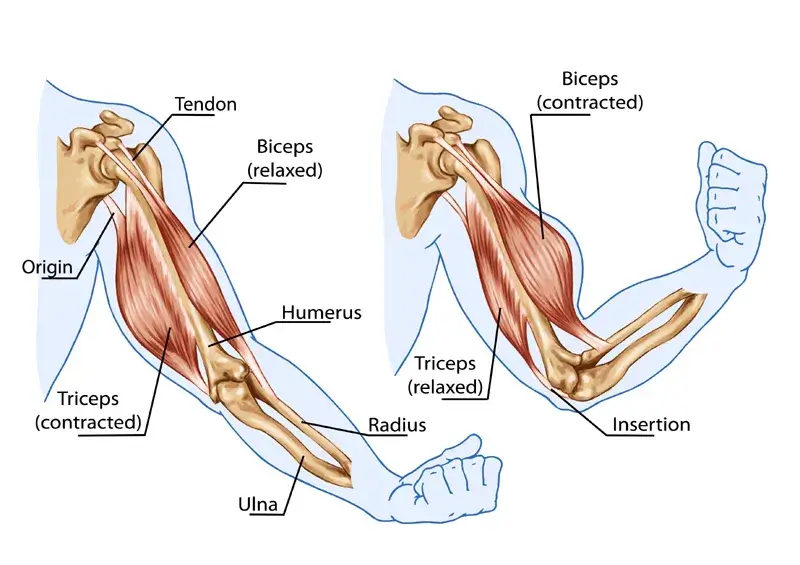Biceps strain, though often associated with athletes, can affect anyone and significantly impact daily activities. In this blog post, we delve into the nature of biceps strain, its causes, symptoms, and how physical therapy plays a crucial role in the recovery process.
The biceps muscle, located at the front of the upper arm, is susceptible to strain due to overuse, sudden movements, or excessive force. A strain occurs when the muscle fibers are stretched or torn, resulting in pain, weakness, and limited range of motion in the affected arm.

Causes of Biceps Strain:
Repetitive Movements: Activities that involve repetitive overhead motions or lifting heavy objects can strain the biceps muscle over time, leading to injury.
Sudden Impact or Force: A sudden impact or force, such as lifting a heavy object incorrectly or experiencing a fall, can also cause biceps strain.
Poor Body Mechanics: Poor lifting techniques or improper body mechanics during physical activities increase the risk of biceps strain.
Symptoms of Biceps Strain:
Pain: Pain in the front of the shoulder or upper arm is a common symptom of biceps strain. The pain may worsen with movement or activities that engage the biceps muscle.
Weakness: Individuals with biceps strain may experience weakness in the affected arm, making it difficult to perform tasks that require strength, such as lifting objects or reaching overhead.
Swelling and Bruising: Swelling and bruising may develop around the biceps muscle, indicating tissue damage and inflammation.
The Role of Physical Therapy in Recovery:
Initial Assessment and Diagnosis: Physical therapists conduct a thorough assessment to diagnose the severity of the biceps strain and identify any underlying issues contributing to the injury.
Pain Management: Techniques such as ice therapy, heat therapy, and electrical stimulation may be used to alleviate pain and reduce inflammation in the early stages of recovery.
Restoration of Range of Motion: Physical therapy exercises focus on restoring flexibility and range of motion in the shoulder and elbow joints, allowing for improved mobility and function.
Strength Training: Gradual strengthening exercises target the biceps muscle and surrounding muscles to rebuild strength and endurance. This helps prevent future injuries and enhances overall upper body function.
Functional Rehabilitation: Functional exercises mimic activities of daily living to help individuals regain confidence and independence in performing tasks that may have been affected by the biceps strain.
Education and Prevention Strategies: Physical therapists educate patients on proper body mechanics, lifting techniques, and injury prevention strategies to reduce the risk of recurrent biceps strain.
Recovering from a biceps strain requires patience, dedication, and expert guidance from physical therapists. Through a comprehensive rehabilitation program tailored to individual needs, individuals can overcome pain, regain strength, and return to their normal activities with confidence. If you suspect a biceps strain or are experiencing symptoms, call Respire Physical Therapy at 703-671-1871 or click here to schedule an initial evaluation and begin working on your personalized treatment plan!
Tags: bicep strain, choosept, bicep injury, arlingtonva, alexandriava, sport injury, fallschurchva, ptworks, pain free living, health blog, Physical Therapy, pt education, Respire Physical Therapy, regain your movement freedom, physical therapist



